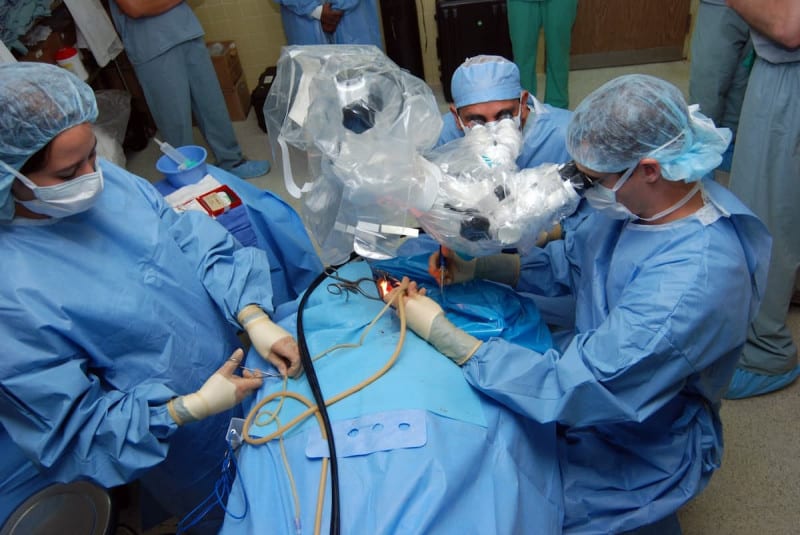3650 NW 82nd Avenue, Suite 502, Miami, FL 33166
Erectile Dysfunction Specialist in Miami, FL

Medically Reviewed By
Dr. Shirin Razdan
Dr. Shirin Razdan is the director of the robotic surgery department at the Comprehensive Urological Surgery Institute in Miami, Florida. She is one of the leading and world renowned robotic surgeons in the United States who completed her medical education from Icahn School of Medicine at Mount Sinai Hospital, New York and has undergone subspecialty training in Urologic Oncology and Robotic Surgery.


 Erectile dysfunction is a common and usually misunderstood condition that impacts millions of men across the USA. Even because of physical health concerns, psychological stress, or both, it can have a bad impact on the quality of men’s lives. Fortunately, Dr. Shirin Razdan is a board-certified urologist, Erectile Dysfunction Specialist in Miami with personalized, cutting-edge procedures for treatment.
Erectile dysfunction is a common and usually misunderstood condition that impacts millions of men across the USA. Even because of physical health concerns, psychological stress, or both, it can have a bad impact on the quality of men’s lives. Fortunately, Dr. Shirin Razdan is a board-certified urologist, Erectile Dysfunction Specialist in Miami with personalized, cutting-edge procedures for treatment.